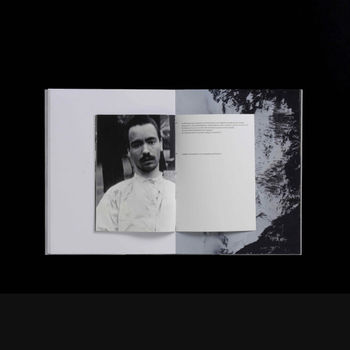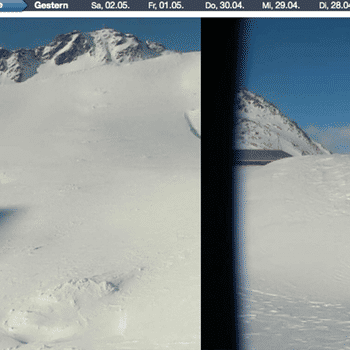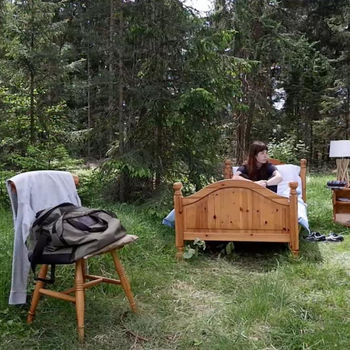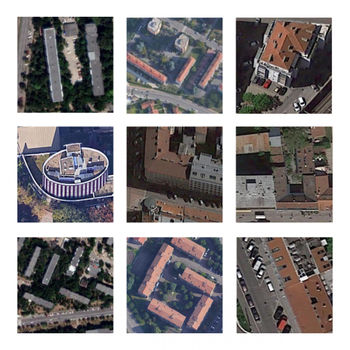Power Pylons – Shaping Images
Jonathan Coen
20 ink jet prints and texts, 18.5 x 13.5 cm
During the night of 11 to 12 June 1961, 37 electricity pylons in the Italian region of South Tyrol were destroyed using explosives. The event went down in the history books as the so-called Feuernacht (“night of fire”). The significance and political impact of the event are disputed. Many pictures of the fallen pylons were taken and published in diverse contexts.
The power lines in the area around South Tyrol supply electricity to the more southern regions of Italy. They crisscross the agricultural and touristic landscape of the Alto Adige region. The images of the fallen pylons serve different narratives. In some, the Feuernacht was a necessary event that helped the region of South Tyrol achieve autonomy, and the actors are described as freedom fighters and heroes. In others, the event fomented hatred and anger between the inhabitants of the region and the perpetrators are described as terrorists and criminals.
Context plays a role in shaping our understanding of images and historical events. The attempt to describe in neutral terms, what is shown in the photographic images highlights the contested nature of historical narratives.
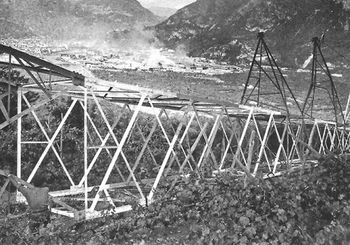

Reading Landscapes: Sites, Representation and Histories of Contested Spaces

